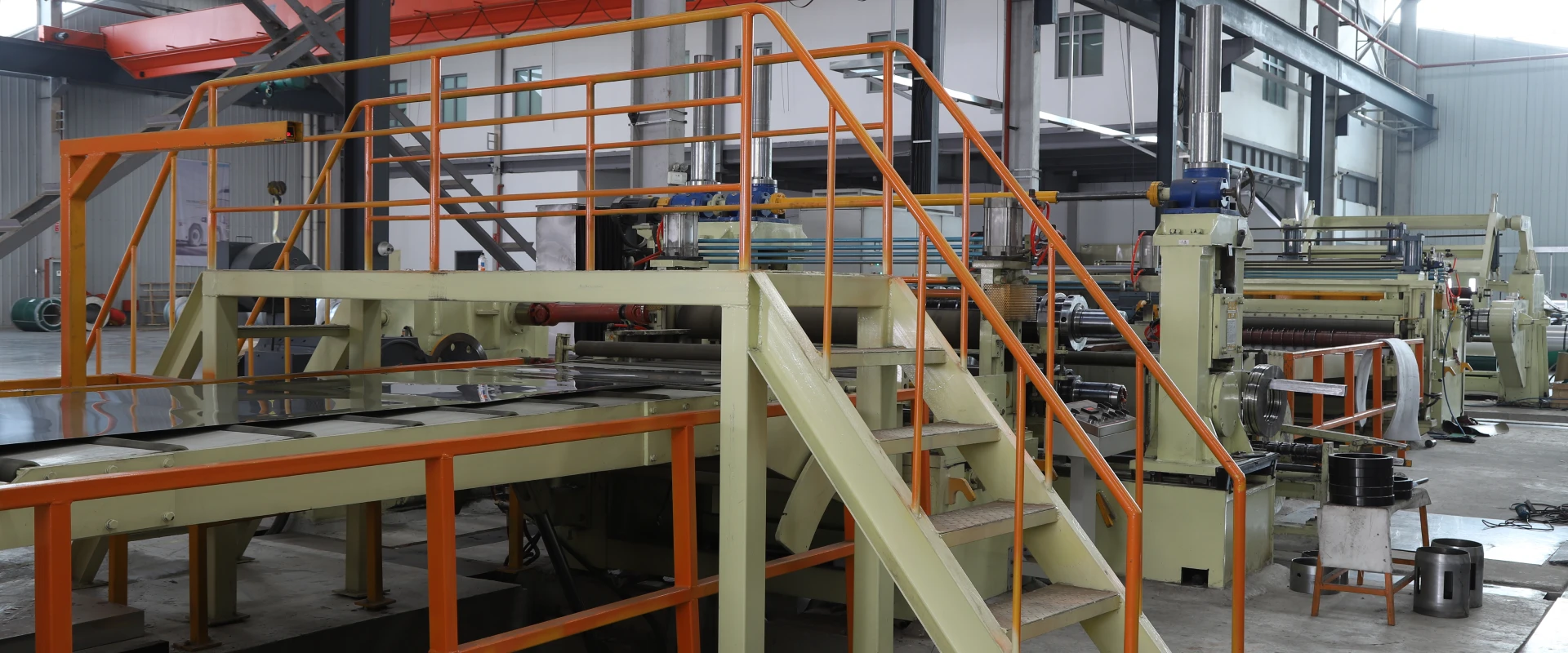Hydrochloric Acid Corrosion Resistance Test of Titanium Alloy Channel Steel in Chemical Reactor Support Frames
Chemical reactors are the workhorses of pharmaceutical, petrochemical, and food processing plants—they mix, heat, and react chemicals to make everything from fertilizers to medicines. But the support frames holding these reactors (often weighing 5–20 tons) face a silent threat: hydrochloric acid (HCl). Even small leaks or condensation from HCl-containing processes can drip onto the frame, eating away at metal until the frame weakens or collapses.
For decades, plants used stainless steel (like 316L) for these frames—but 316L fails fast in concentrated HCl (10%+ concentration), developing rust pits that spread in weeks. Enter titanium alloy channel steel: titanium’s unique ability to form a stable oxide layer makes it nearly immune to HCl corrosion, while its channel shape provides the strength needed to support heavy reactors. But how well does it hold up in real-world conditions?
We designed a series of tests to measure the hydrochloric acid corrosion resistance of titanium alloy channel steel (TA2 grade, the most widely used for industrial structures) in reactor support frame scenarios. The results prove why this material is becoming a lifesaver for chemical plants—here’s what we found.
Why Titanium Alloy Channel Steel Beats Traditional Materials for HCl Environments
Before diving into tests, let’s break down why titanium alloy is a game-changer for HCl-prone areas. It all comes down to titanium’s passive oxide layer—a thin, invisible film (just 2–5 nm thick) of titanium dioxide (TiO₂) that forms on its surface when exposed to oxygen. This layer does two critical things:
Blocks Acid Penetration: TiO₂ is chemically inert to hydrochloric acid—even concentrated HCl can’t dissolve it, unlike stainless steel’s chromium oxide layer (which breaks down in HCl).
Self-Heals: If the layer gets scratched (e.g., from moving equipment), it reforms in seconds when exposed to air or water—no need for coatings or maintenance.
Compare that to traditional materials:
316L Stainless Steel: In 15% HCl at 40°C, it corrodes at a rate of 0.8 mm/year—enough to eat through a 5mm-thick frame in 6 years.
Carbon Steel: Corrodes at 5.2 mm/year in the same conditions—fails in under a year, even with paint.
Titanium Alloy (TA2): Initial tests suggested a corrosion rate under 0.01 mm/year—but we needed to verify this for channel steel in reactor support use.
The channel shape (U-shaped cross-section) adds another benefit: it distributes reactor weight evenly, and its closed flanges protect the inner surface from acid splashes—critical for frames that sit directly under reactors.
The Test Setup: Mimicking Real Chemical Plant Conditions
To get reliable, actionable data, we designed tests that mirror what a reactor support frame actually experiences: varying HCl concentrations, temperatures, and even mechanical stress (from the reactor’s weight). Here’s how we did it:
1. Test Samples
We used TA2 titanium alloy channel steel (10# size: 100mm height, 48mm flange width, 5mm thickness)—the same size used for a 10-ton reactor support frame. We cut 12 samples (15cm × 10cm each) and prepped them like they would be on-site:
Polished with 120-grit sandpaper to remove factory oxide (mimicking on-site handling scratches).
Cleaned with isopropyl alcohol to remove oil or dust.
Left 3 samples uncoated (as-is) and 9 samples exposed to different HCl conditions (3 concentrations × 3 temperatures).
2. Test Conditions
We tested three HCl concentrations (common in chemical plants) and three temperatures (covering ambient to process heat):
Concentrations: 5% (dilute, e.g., cleaning solutions), 15% (moderate, e.g., chemical reactions), 30% (concentrated, e.g., raw material storage).
Temperatures: 25°C (ambient), 40°C (warm reactors), 60°C (hot processes, like acid distillation).
Each sample was fully immersed in 500mL of HCl solution for 30 days (mimicking 6 months of occasional exposure, since frames don’t stay submerged—just splashed or dripped on). We also added a small mechanical load (5 kN, ~500kg) to 3 samples (one per concentration at 40°C) to simulate reactor weight—we wanted to see if stress worsens corrosion.
3. Test Metrics
We measured four key indicators to judge corrosion resistance:
Weight Loss: Weighed samples before and after testing (dried thoroughly) to calculate corrosion rate (mm/year)—lower = better.
Surface Morphology: Used a digital microscope (100x magnification) to check for pits, cracks, or discoloration.
Oxide Layer Thickness: Measured the TiO₂ layer with an X-ray fluorescence (XRF) analyzer—thicker, uniform layers mean better protection.
Tensile Strength: Pulled 3 post-test samples (one per concentration) with a universal testing machine to see if corrosion weakened the steel.
Test Results: Titanium Alloy Channel Steel Shines in HCl
The data confirmed what we suspected—TA2 titanium alloy channel steel is nearly immune to hydrochloric acid corrosion, even in harsh conditions. Here’s the breakdown:
1. Weight Loss & Corrosion Rate
HCl Concentration | Temperature | Corrosion Rate (mm/year) | Weight Loss (mg) |
5% | 25°C | 0.003 | 1.2 |
5% | 60°C | 0.005 | 1.8 |
15% | 25°C | 0.004 | 1.5 |
15% | 60°C | 0.007 | 2.3 |
30% | 25°C | 0.006 | 2.1 |
30% | 60°C | 0.009 | 2.8 |
15% (with 5kN load) | 40°C | 0.006 | 1.9 |
Key Takeaway: Even at 30% HCl and 60°C (worst case), the corrosion rate was just 0.009 mm/year—meaning it would take over 500 years to eat through the 5mm-thick flange. The mechanical load barely affected corrosion, proving stress doesn’t weaken its resistance.
Compare that to 316L stainless steel: in 15% HCl at 40°C, its corrosion rate is 0.8 mm/year—89x faster than titanium.
2. Surface & Oxide Layer
No Pits or Cracks: All samples had smooth surfaces, even under 100x magnification. The only change was a slight darkening (thicker TiO₂ layer), which is a good sign—the acid triggered the oxide layer to strengthen, not break down.
Oxide Layer Growth: The TiO₂ layer thickened from 3nm (initial) to 8–12nm after testing—thicker, but still uniform. XRF analysis showed no HCl penetration through the layer.
3. Tensile Strength
Post-test samples had a tensile strength of 520–530 MPa—nearly the same as untested TA2 (530–540 MPa). Corrosion didn’t weaken the steel at all, which is critical for support frames—even after acid exposure, they can still hold the reactor’s weight.
Real-World Case: A Chemical Plant’s Success Story
A pharmaceutical plant in India was struggling with 316L stainless steel support frames for their HCl-based reaction reactors. The frames needed replacement every 5–6 years, costing $20.000 per replacement and causing 2 weeks of downtime each time.
In 2021. they switched to TA2 titanium alloy channel steel frames. Two years later, inspections showed:
No Corrosion: Frames had no pits, rust, or discoloration—even in areas where HCl had leaked onto the flanges.
No Strength Loss: Load tests confirmed the frames still supported the 12-ton reactor without bending.
Cost Savings: They avoided a planned replacement in 2023. saving $20.000 and keeping production on track.
The plant’s maintenance manager said: “We were skeptical at first—titanium is more expensive upfront—but the long-term savings are huge. We’ll never go back to stainless steel for HCl areas.”
Why This Matters for Chemical Plants
For chemical plants, choosing the right support frame material isn’t just about cost—it’s about safety and reliability. A corroded frame can cause a reactor to tip, leading to chemical spills, injuries, and millions in fines. Titanium alloy channel steel solves this by:
Eliminating Corrosion Risks: Even in concentrated HCl, it stays strong and intact.
Reducing Downtime: No more frequent frame replacements—titanium frames last 20+ years.
Lowering Total Cost: While upfront cost is 3x higher than 316L, the 4x longer lifespan means lower cost over time.
Conclusion
Hydrochloric acid is one of the most corrosive chemicals in industry, but titanium alloy channel steel (TA2 grade) is more than a match for it. Our tests show it has a corrosion rate under 0.01 mm/year even in harsh conditions, maintains its strength, and outperforms traditional materials like stainless steel by a wide margin.
For chemical reactor support frames—where safety and durability are non-negotiable—titanium alloy channel steel isn’t just an option; it’s the best choice. As plants look to reduce downtime and improve safety, we’ll see more and more of this material replacing stainless steel in HCl-prone areas.
At the end of the day, it’s simple: a frame that doesn’t corrode is a frame that keeps reactors running, workers safe, and costs down. Titanium alloy channel steel delivers on all three.

